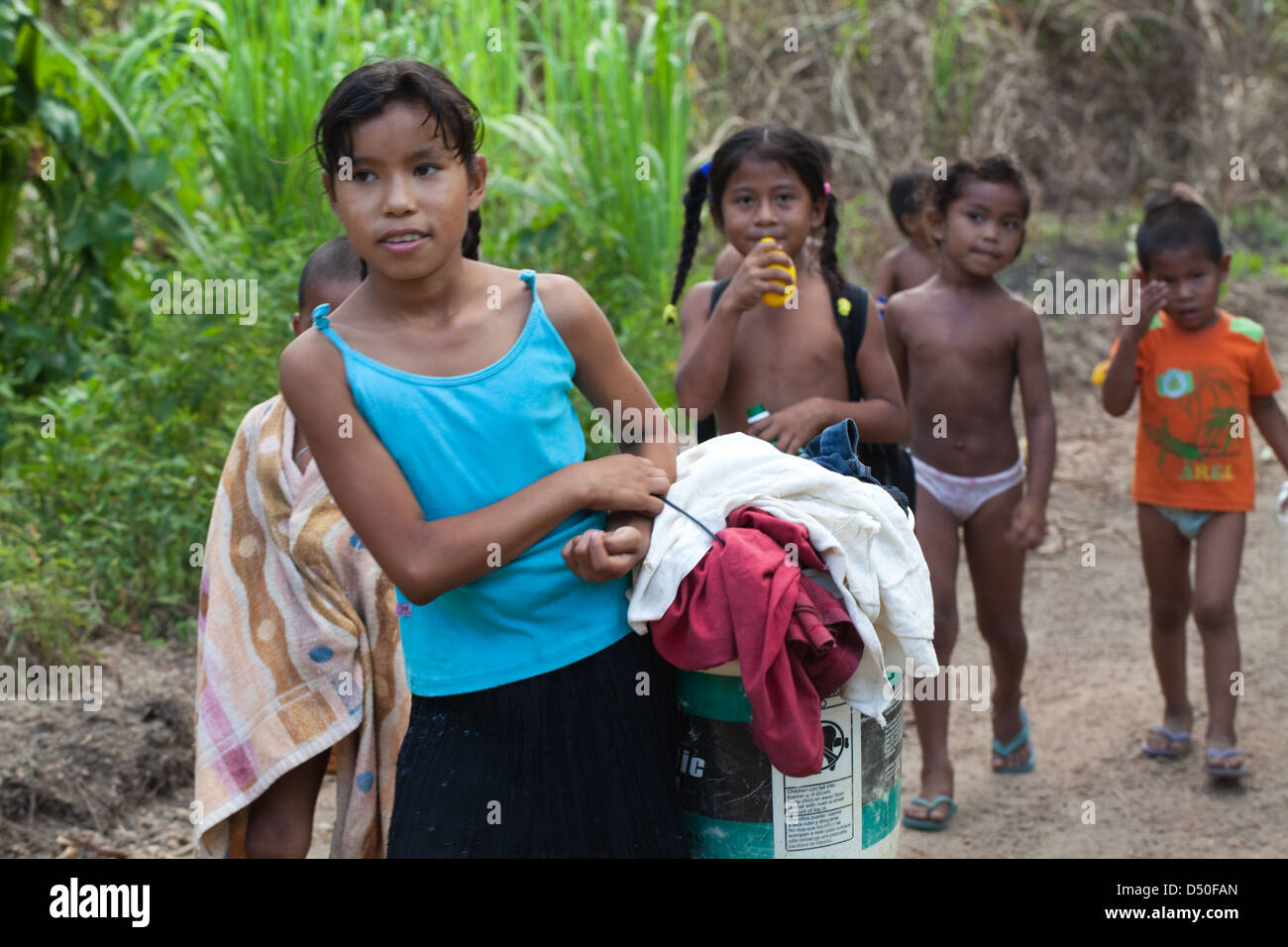
The government wants it, they want it, that’s an end of it. can be done quickly, without middlemen, you don’t need to involve anybody. “There is an Indigenous Land on which we need to build a hydroelectric power plant. We will remove the Indians from slavery, the slavery to which they were subjected by terrible Brazilians and international NGOs…” 10 “This government has no middlemen, no false Brazilians, no false defenders of Indians. The Indian wants to produce, to grow, he wants the benefits and marvels of science, technology. “The Indian is gradually evolving he is a human being like us.” 8 “Most of our Indians are condemned to live as prehistoric men in our own country. But 60% of this production is not viable because of the Indigenous reserves and other environmental issues.” 7 “If I were the king of Roraima, with technology, we’d have an economy like that of Japan within 20 years, because the region has everything. When I take office as president not one inch further will be demarcated.” 6 “NGOs and the government only encourage the Indian to enter into conflict. This can clearly be seen in extracts from some of Bolsonaro’s speeches: While previous governments may not have played a particularly outstanding role in the demarcation of Indigenous Lands or enforcement of Indigenous rights, 5 the current government is implementing a clearly “civilising” policy that does not respect these peoples’ autonomy, far less issues of climate change, and which represents a major setback in human and environmental rights. Its return to the Ministry of Justice has not, however, prevented interference from the current government, which appointed National Police Commissioner Marcelo Augusto Xavier da Silva as its president and began to drain the organisation of it staff with the aim of paralysing all demarcation work or efforts to protect peoples living in voluntary isolation.

FUNAI’s return to its place of origin was the result of protests by the Indigenous movement, civil society and national and international NGOs. First, it was transferred to the Ministry of Family, under Damares Alves, a Pentecostal bishop then, it was assigned to the Ministry of Agriculture under Tereza Cristina Corrêa da Costa Dias, former leader of the rural caucus, before finally returning to the Ministry of Justice under Sergio Mouro.
#Awa tribe population series#
On taking office on 1 January 2019, the president made his position crystal clear with regard to the demarcation of Indigenous territories: “There will be no demarcation of Indigenous Lands under my government.” 4 Following this statement, the body responsible for demarcations, the National Indian Foundation (FUNAI) underwent a series of management restructurings. In terms of Indigenous issues, this government has been responsible for one of the most significant setbacks in the demarcation of Indigenous Lands, promoting an integrationist vision that focuses on “civilising” the Indigenous Peoples. Army officers currently hold no less than 325 posts within the federal administration. His government has the strong support of the army, represented by its vice-president, Retired General Hamilton. He has an aggressive authoritarian attitude and is supported by evangelical and landowning groups. In 2019, following a conservative campaign, Jair Bolsonaro of the Social Liberal Party (PSL) was elected. Jair Bolsonaro (January 2019 -) 0 approvals.


Five hundred and five (505) Indigenous Lands (TIs) have been identified. Brazil’s Indigenous population numbers 896,900 people, 36.2% of whom live in urban areas and 63.8% in rural.


 0 kommentar(er)
0 kommentar(er)
